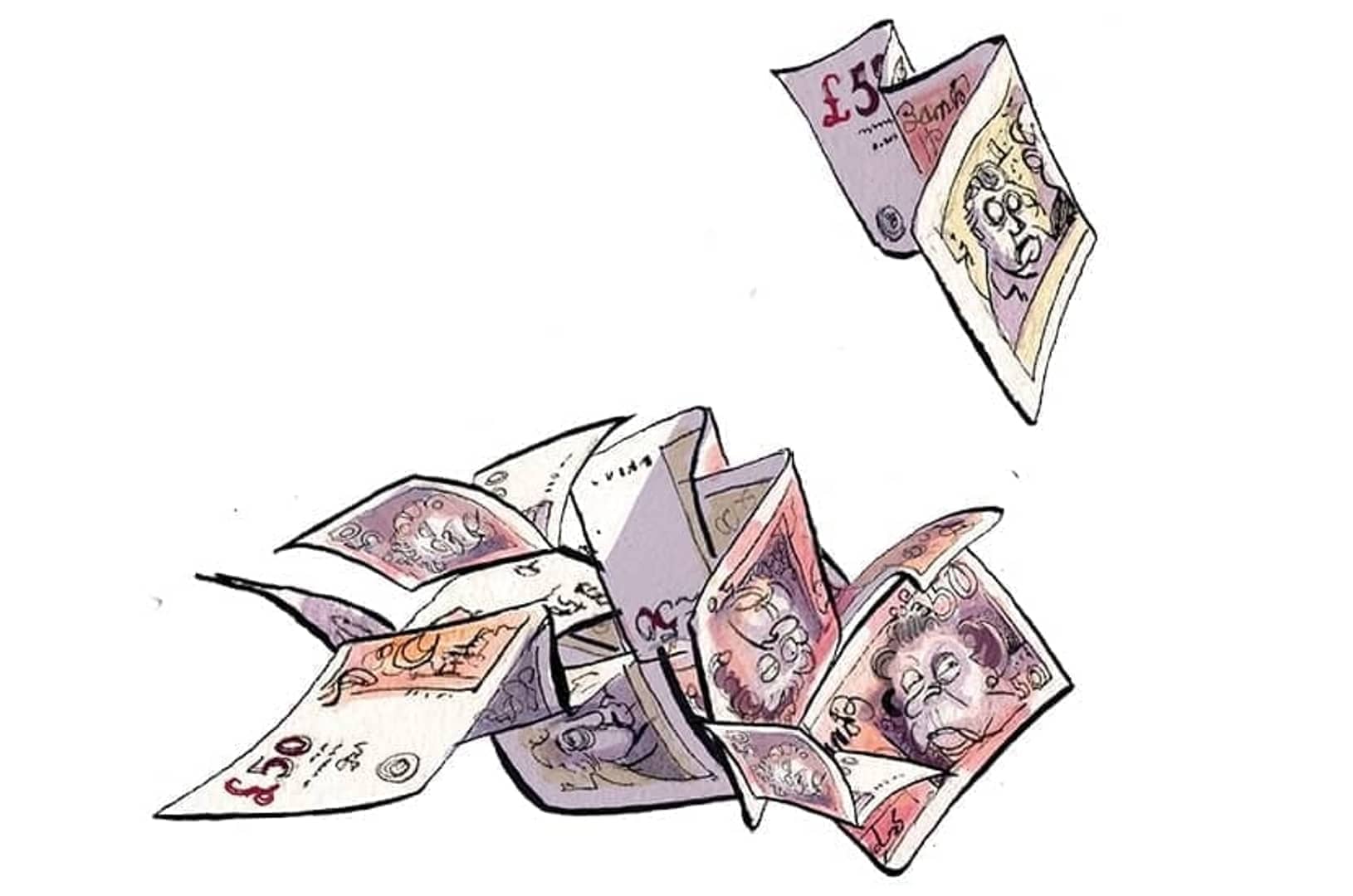Big spending announcements tend to come alongside big press conferences. During the pandemic years, furlough announcements, extensions and business support were delivered in front of a podium, with rough figures usually attached to each policy.
It was the same for the energy crisis, at the start. But as the costs of the support schemes rose, we started to lose transparency. The £9 billion announcement in February came with a headline figure and a rough breakdown of where the money would come from. The £15 billion announcement in May came with a headline figure, but much of the funding stream was glossed over, assumed to be borrowed.
These multi-billion pound support packages now look terribly cheap compared to the ‘Energy Price Guarantee’ scheme, announced by Liz Truss in the first week of her premiership, which will roughly cap an average household’s energy bills this winter at £2,500. Two weeks on from the announcement, we remain in the dark about many of the scheme’s details, including even a rough estimate of how much it might cost.
There has not yet been a meaningful opportunity to put questions to the government about its plan. Truss’s original announcement was made during a debate in parliament, which limited scrutiny from MPs or press. Today, a press release from the Department for Business, Energy and Industrial Strategy was expected to shed some light on (very) rough figures for the scheme. It didn’t – and there’s no planned press conference today to follow this up.
Truss is banking on cuts to spur on economic growth, increasing tax revenue to pay for the holes they create in the public finances
We do have some new details for business. A ‘Energy Bill Relief Scheme’ will provide equivalent support to businesses for six months as is being given to households; and will apply to all ‘non-domestic customers’: so public sector outlets, charities, schools and hospitals, alongside private businesses. The cap per unit has also been laid out: the ‘Supported Wholesale Price (is) expected to be £211 per MWh for electricity and £75 per MWh for gas, less than half the wholesale prices anticipated this winter.’ This serves as a reminder that, while the government’s price controls on energy will certainly keep bills lower than the energy price cap would have done, those who don’t cut (or indeed increase) their energy consumption will find themselves paying more than those who scale back.
But still no costs or forecasts for what could prove one of the most expensive support packages any British government has ever ushered in. The government’s argument for not disclosing costs is because it is near impossible to predict accurately: with gas prices yoyo-ing so dramatically, it’s not possible to say how much this scheme might cost this winter, let alone for the next two years (which is what government has pledged for households, and yet-to-be-selected businesses). Furthermore, there’s reason to be optimistic: if gas prices stay at their current levels, the scheme could cost far less than what’s currently being speculated (conservative estimates before the policy was announced put the total cost for household and business support close to £200 billionn). But ‘a lot less’ than what’s been speculated could still be more than the furlough scheme, which cost almost £70 billion in total.
The government could publish a range of scenarios for its new energy policy: how much taxpayers would be on the line for if, say, gas prices halved; or, indeed, if gas prices doubled. Truss suggested when she announced the policy it could curb the inflation peak by 4 or 5 percentage points: where are the forecasts that show how subsided energy bills might off-set inflation? Even a wide range of scenarios would be useful, to help us understand what subsidies might do to borrowing costs – both in the short and medium-term.
Today’s update on the public sector finances provides a timely reminder as to why these calculations are so important. While borrowing costs for this financial year were downgraded to £133.7 billion, August’s borrowing figures were much higher than expected: public sector net borrowing hit £11.8 billion, £3 billion more than consensus predictions and almost double the Office for Budget Responsibility’s forecast back in March. Meanwhile tax receipts were roughly in line with the OBR’s forecast, coming in at £69.6 billion.
Borrowing costs are expected to rise in coming months, as Truss’s energy subsidies kick in alongside what is now expected to be a cascade of tax cuts, some of which will be announced as early as tomorrow. Truss is banking on these cuts to spur on economic growth, increasing that tax revenue number to pay for the holes they create in the public finances.
Borrowing figures will become a monthly reminder, once her policy changes are implemented, of how quickly and to what extent those tax cuts are leading to higher revenue.








Comments